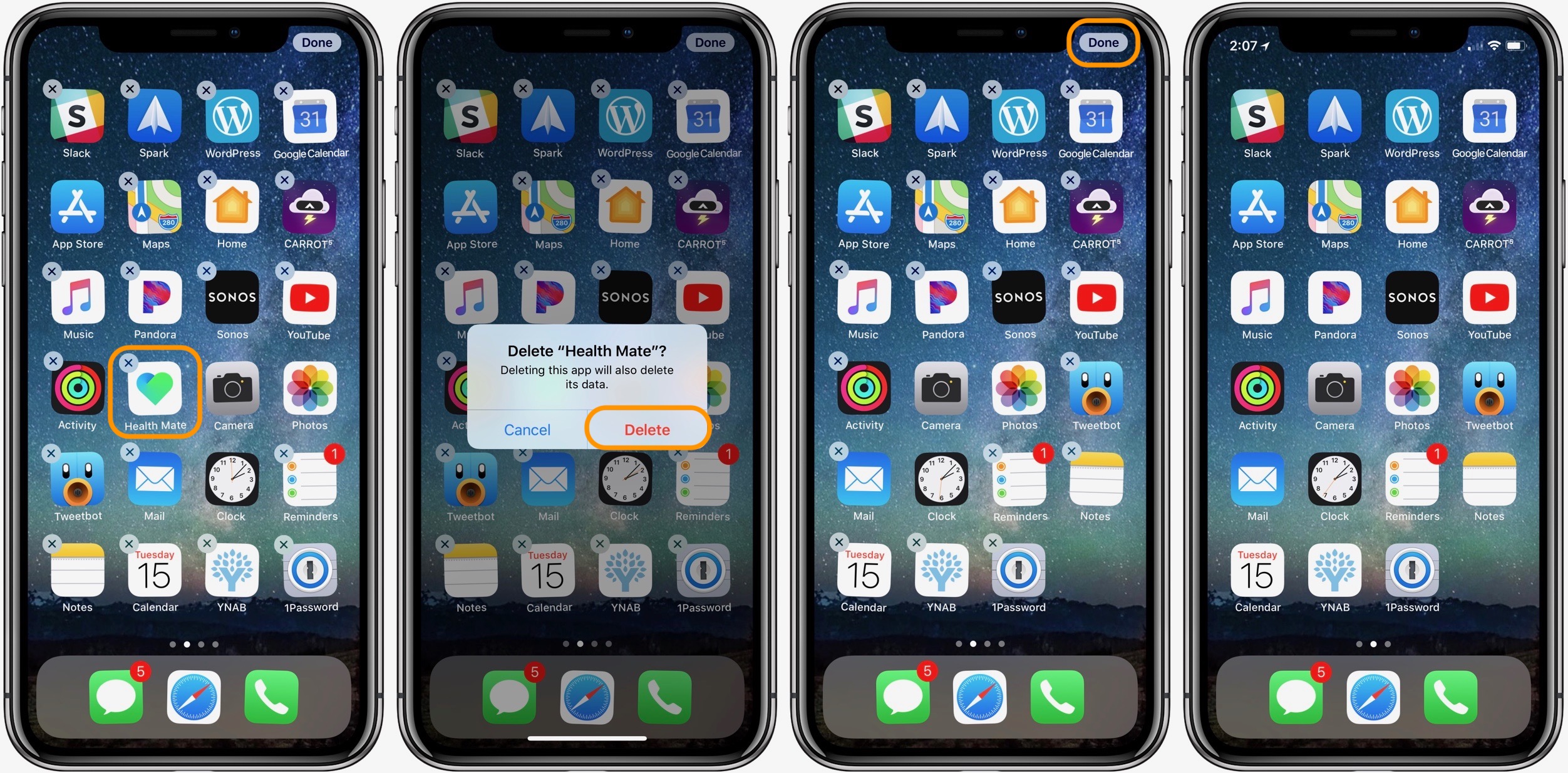
I traced the problem to the Linux (Debian, at least) default terminfo entry for xterm-color. I wasn't content to keep checking and un-checking the 'delete sends backspace' option, because these things ought to be automatic. Then, on the right, under "The Backspace key", make sure Control-? (127) is selected, and then close the PuTTY Configuration window.I have experienced the same problem in a range of applications: when I SSH from my Macs into Linux machines, the backspace key often stops working. In the PuTTY Configuration window, on the left, under the Terminal category, click Keyboard.

Generally, users on IU central systems prefer Backspace (or delete) to perform a destructive backspace (ASCII code 127).įor example, in PuTTY, right-click the top border of an open terminal window and then select Change Settings. Depending on your client, look for a "Profile Settings", "Window Settings", or "Keyboard" option in the preferences or configuration panel. Many SSH clients let you modify the setting that controls how the Backspace (or delete) key functions.


When you're logged into a UITS shared central system at Indiana University, if pressing your keyboard's Backspace (or delete) key does not perform a destructive backspace (it doesn't delete the character to the left of the cursor while moving the cursor to the left), the SSH client you're using (for example, PuTTY or macOS Terminal) is probably sending the wrong definition of the Backspace (or delete) key to the shared system to which you are connected. Your Windows keyboard may also have a Delete key, but it doesn't perform the same function as the Mac's delete (or Windows Backspace) key. This information refers to the key labeled Backspace on Windows-compatible keyboards and delete on Macintosh keyboards.


 0 kommentar(er)
0 kommentar(er)
